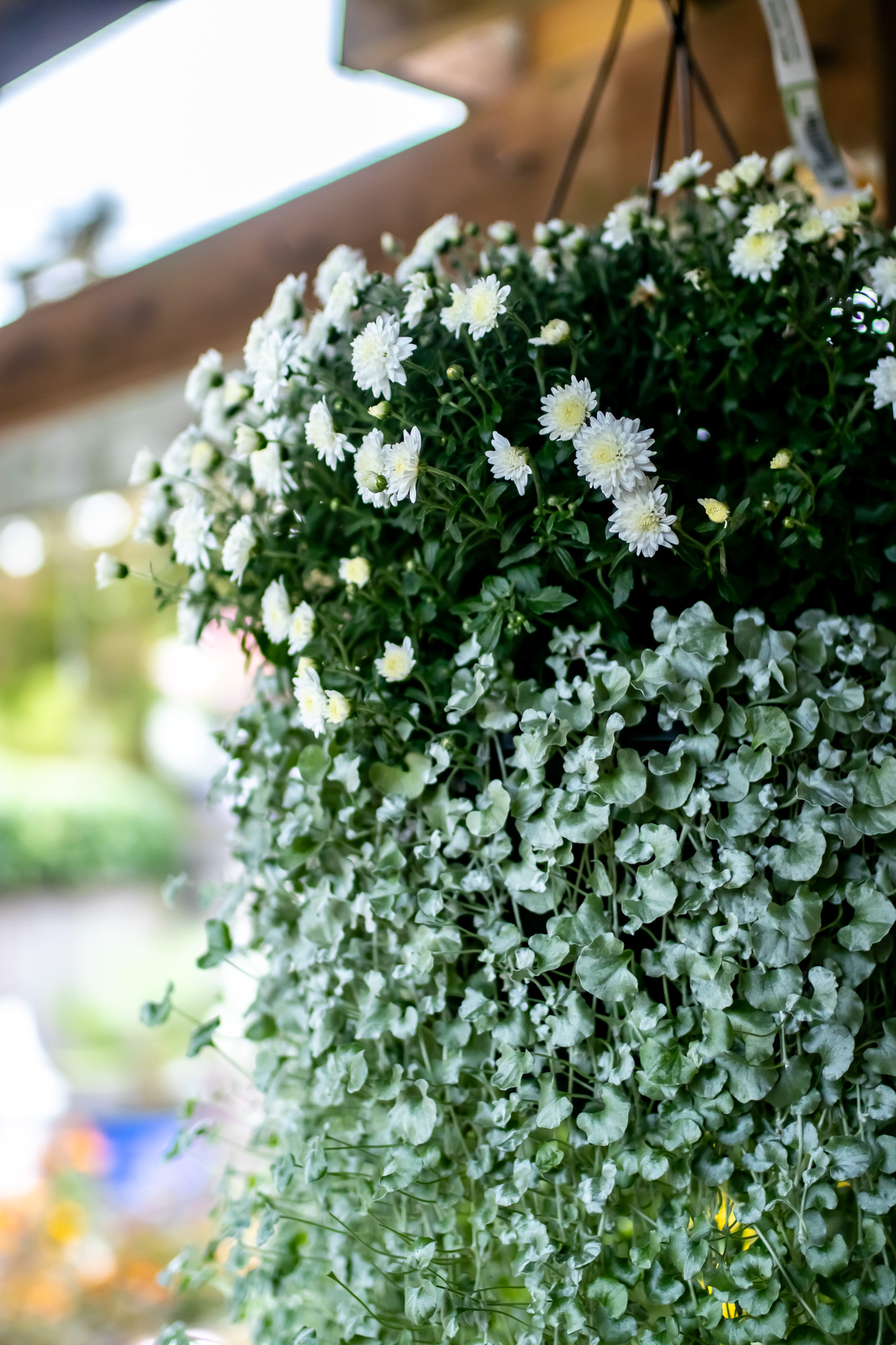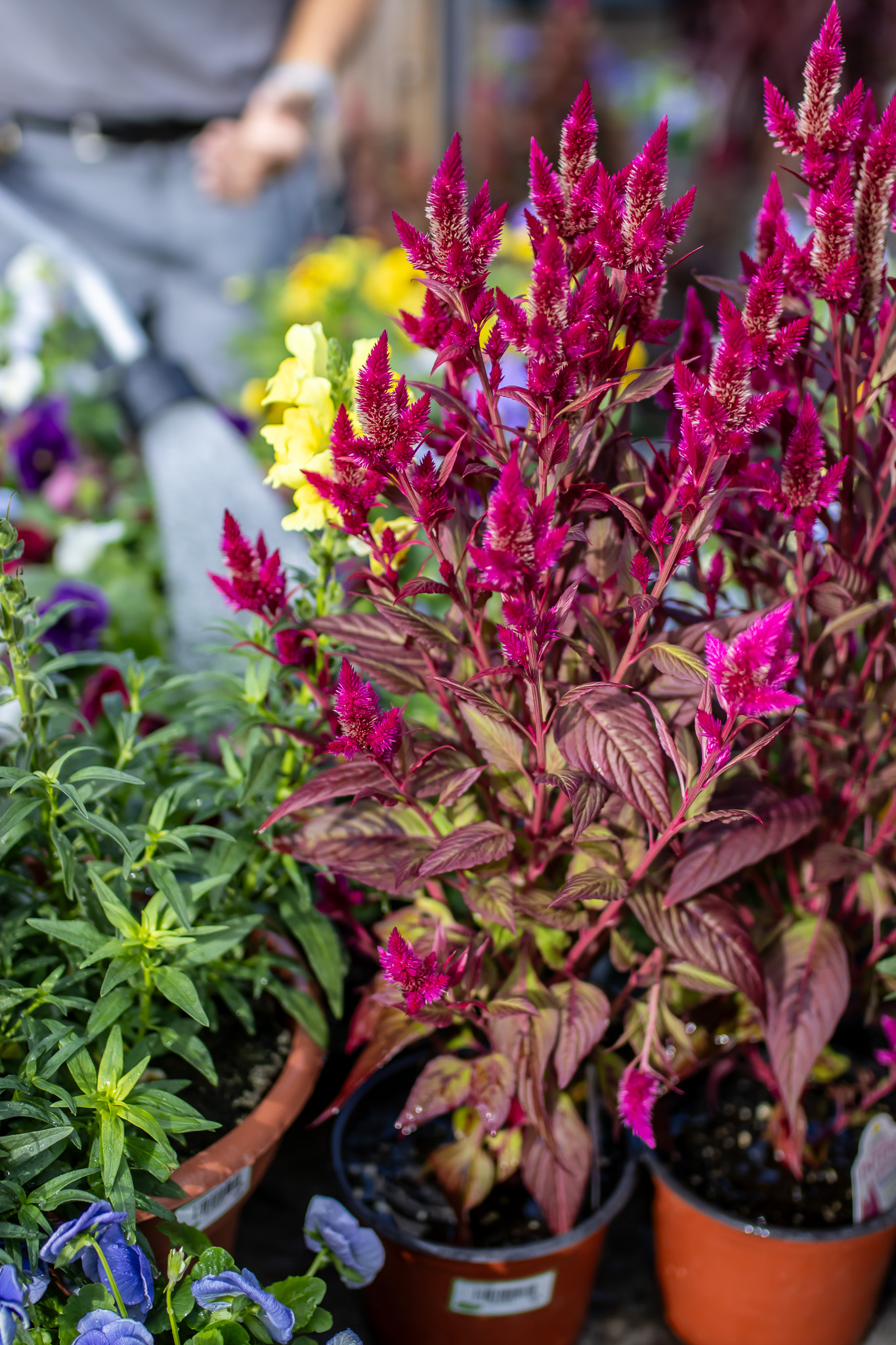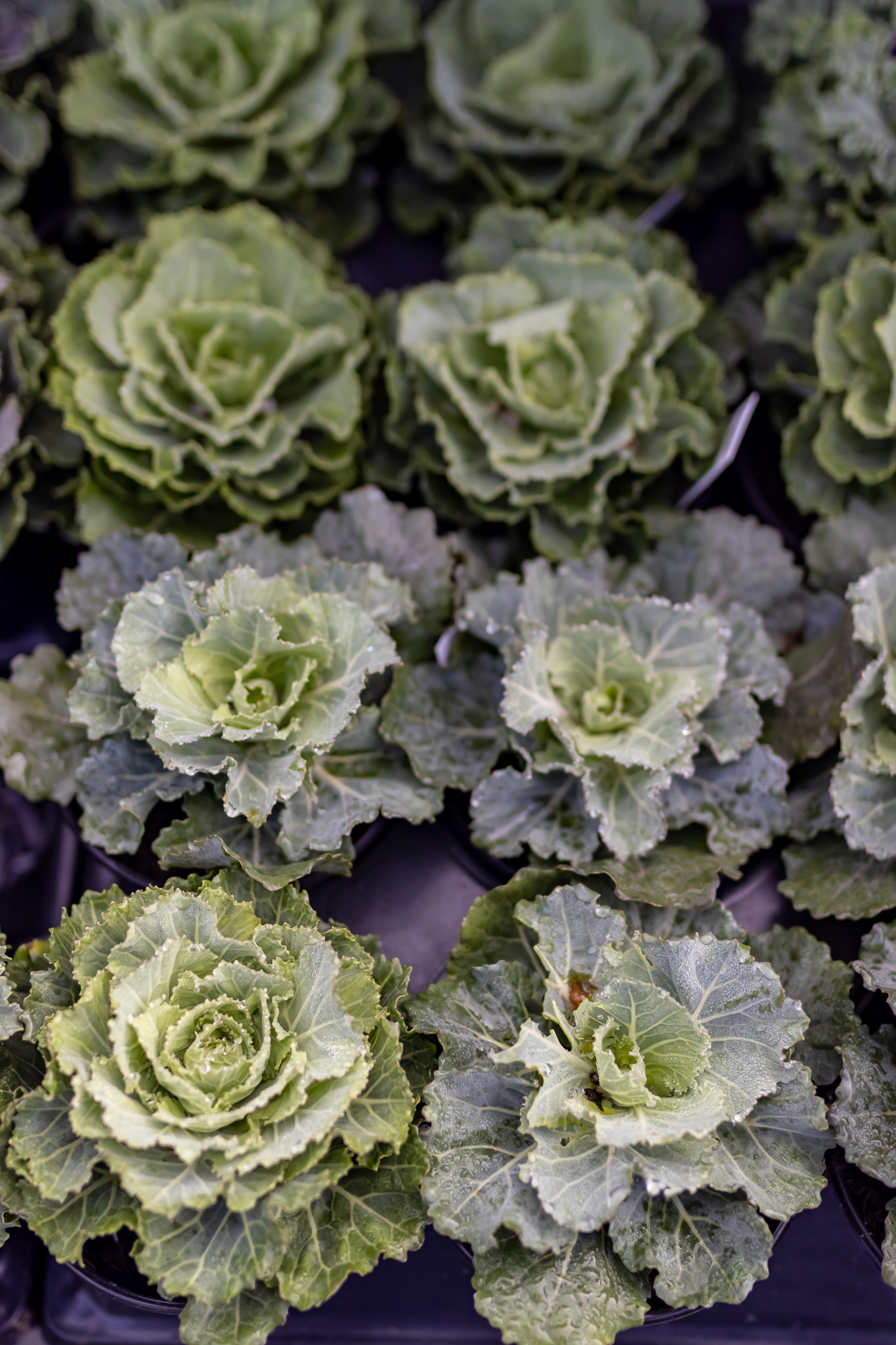As the crisp fall air settles in and temperatures start to dip, your garden needs a little extra love to transition smoothly into the cooler months. Prepping now will ensure your plants stay healthy through the rest of the year and into the next so that your garden is ready to thrive come spring. Here’s your ultimate fall checklist for a smooth seasonal switch!



1. Clean Up Your Garden Beds
Start by giving your garden beds a tidy-up. Clear out spent annuals, dead foliage, and any fallen leaves or debris. Not only does this reduce the risk of pests and diseases overwintering in your garden, but it also makes room for more fresh, fall blooms like pansies, and violas to steal the spotlight for the season
2. Mulch, Mulch, Mulch
Mulching is one of the best things you can do for your garden heading into cooler temps. A 2-3 inch layer of mulch helps insulate your plant roots, keeping the soil temperature stable. It also helps retain moisture and suppress weeds. Fall is the perfect time to top off your mulch, giving your garden a polished look and much-needed protection.
3. Prune Perennials and Shrubs
Cutting back your perennials and shrubs is an important step before winter. Remove any dead or damaged stems, and prune plants that tend to get leggy, like coneflowers and daylilies. Be careful not to prune spring-blooming shrubs like azaleas or camellias, as they’ve already set their buds for next year’s blooms. Instead, focus on trimming plants like roses, hydrangeas, and lavender.
4. Plant Fall Bulbs
Tulips, daffodils, and hyacinths should go in the ground before it freezes. When planting bulbs, choose a sunny spot, and plant them two to three times as deep as the bulb is tall. Add a little bulb plant food to help them get a strong start!
5. Water Wisely
Even though cooler temps mean less watering overall, it’s important to give your garden a deep soak before the ground freezes. This helps your plants go into dormancy with enough moisture to sustain them through the winter months. Pay special attention to newly planted trees, shrubs, and perennials, which need extra hydration to establish strong root systems.
6. Prepare Your Lawn
Fall is a great time to prep your lawn for the following year. Rake up fallen leaves, apply a fall fertilizer rich in potassium, and overseed any bare patches. Cooler weather and a little rain make it easier for grass seed to establish itself, giving you a lush lawn come spring.
7. Bring Your Houseplants Indoors
If your houseplants have been enjoying some summer sunshine outdoors, now’s the time to bring them back inside before the cold nights hit. Gradually acclimate them to indoor conditions by moving them to a shady spot for a few days, then transition them inside. Be sure to inspect for pests like spider mites or aphids, and give the plants a good cleaning before bringing them in.
8. Tidy Up Your Tools
Don’t forget about your tools! Give them a good clean before storing them away for winter. A quick wipe down and sharpening will ensure they’re ready for action next spring. Plus, proper storage prevents rusting, so your investment lasts longer.
By checking off these steps, your garden will be prepped and ready to take on cooler temperatures with ease. Plus, you’ll have a head start on creating a vibrant, healthy landscape next spring. To stay inspired and grow with us, follow us on Facebook, Instagram, Pinterest, and TikTok to dig into the joys of gardening!
